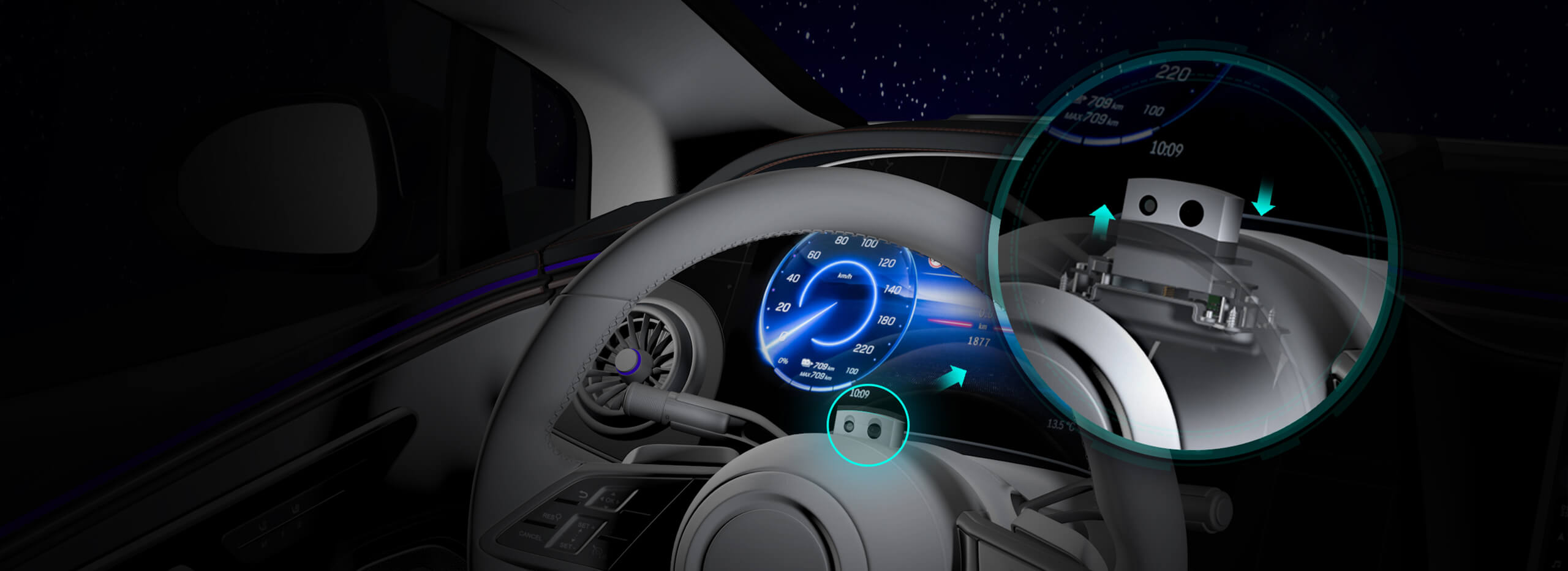Imagine this: you’re building a complex web app, and every feature feels like it’s pulling you in a thousand directions at once. Instead of drowning in chaos, what if you could break everything down into manageable, independent pieces? That’s where microservices architecture in Node.js comes into play—it's like giving your app a turbocharged, modular backbone.

Now, Node.js isn’t just some scripting tool; it’s a powerhouse for creating scalable, fast, and lightweight microservices. Because it's event-driven and non-blocking, it's perfect for handling multiple tasks simultaneously—imagine serving thousands of users without the app slowing down or crashing. It’s like having a super-efficient multitasker on your team who throws no tantrums when things get busy.
Here’s a scenario: you want to add a new payment feature. With monolithic architecture, you'd have to update your entire system, risking bugs across the board. But with microservices, you isolate that feature as its own little world. Want to upgrade payment options? Just tweak that tiny module without messing with shopping cart checkout or user profiles. That kind of agility is priceless.
But does it all work smoothly? Absolutely, provided you plan it right. Think of each microservice as a small, focused worker that communicates with others through APIs. When that communication is clear and consistent, services can work like a well-oiled machine. Scalability becomes a piece of cake: if suddenly your user base explodes, you can scale individual parts instead of the whole system. Production goes faster, and downtime drops.
The beauty of using Node.js here is the vast ecosystem of tools and libraries—Express.js for routing, MongoDB for database needs, and Docker for containerization. It’s like having a toolkit that fits exactly the demands of each microservice you develop. Plus, with asynchronous processing, latency gets minimized, giving your users a snappy experience they won’t forget.
One common question: "Is switching to microservices worth it?" Well, if your app is growing beyond simple functionality, or you're tired of tangled codebases, then yes. It’s about future-proofing, making your system as flexible as your ideas. Sure, it adds some initial complexity, but the rewards in maintainability and speed outweigh the risks.
So, if you’re eyeing a lightweight, resilient, and fast architecture to support your ambitious project, Node.js-driven microservices satisfy that craving. They’re not just buzzwords; they’re a proven way to breathe new life into your app’s backbone. It’s a game changer.
Established in 2005, Kpower has been dedicated to a professional compact motion unit manufacturer, headquartered in Dongguan, Guangdong Province, China. Leveraging innovations in modular drive technology, Kpower integrates high-performance motors, precision reducers, and multi-protocol control systems to provide efficient and customized smart drive system solutions. Kpower has delivered professional drive system solutions to over 500 enterprise clients globally with products covering various fields such as Smart Home Systems, Automatic Electronics, Robotics, Precision Agriculture, Drones, and Industrial Automation.




































